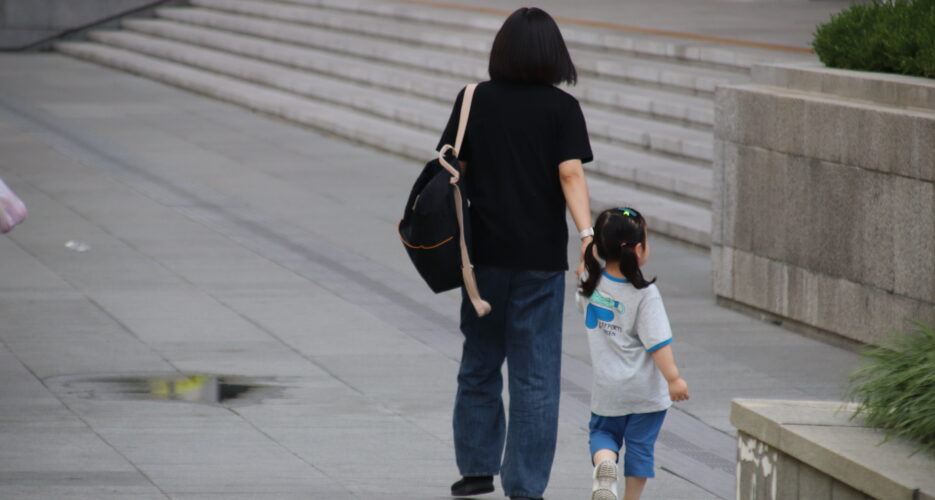Pandemic-delayed marriages and shifting social attitudes likely driving the trend
South Korea’s birthrate has rebounded after a prolonged decline, with the total fertility rate rising to 0.76 in the third quarter — the first increase in the birthrate since 2015. According to Statistics Korea (KOSTAT) on Wednesday, the number of births in Q3 increased by 8.0% year-on-year to 61,288, the largest quarterly gain since late 2012. This is also the second consecutive quarter of growth following a 34-quarter streak of declines.
The rising birth number has also slightly pushed up the total fertility rate, a key metric that measures the average number of children a woman is expected to have. The Q3 rate of 0.76 represents a 0.05 point increase from a year earlier, the first rebound since 2015 when the rate was 1.15. This quarter’s birthrate was led by women in their early 30s.
South Korea’s birthrate has rebounded after a prolonged decline, with the total fertility rate rising to 0.76 in the third quarter — the first increase in the birthrate since 2015. According to Statistics Korea (KOSTAT) on Wednesday, the number of births in Q3 increased by 8.0% year-on-year to 61,288, the largest quarterly gain since late 2012. This is also the second consecutive quarter of growth following a 34-quarter streak of declines.
The rising birth number has also slightly pushed up the total fertility rate, a key metric that measures the average number of children a woman is expected to have. The Q3 rate of 0.76 represents a 0.05 point increase from a year earlier, the first rebound since 2015 when the rate was 1.15. This quarter’s birthrate was led by women in their early 30s.
Get your
KoreaPro
subscription today!
Unlock article access by becoming a KOREA PRO member today!
Unlock your access
to all our features.
Standard Annual plan includes:
-
Receive full archive access, full suite of newsletter products
-
Month in Review via email and the KOREA PRO website
-
Exclusive invites and priority access to member events
-
One year of access to NK News and NK News podcast
There are three plans available:
Lite, Standard and
Premium.
Explore which would be
the best one for you.
Explore membership options
© Korea Risk Group. All rights reserved.
No part of this content may be reproduced, distributed, or used for
commercial purposes without prior written permission from Korea Risk
Group.












